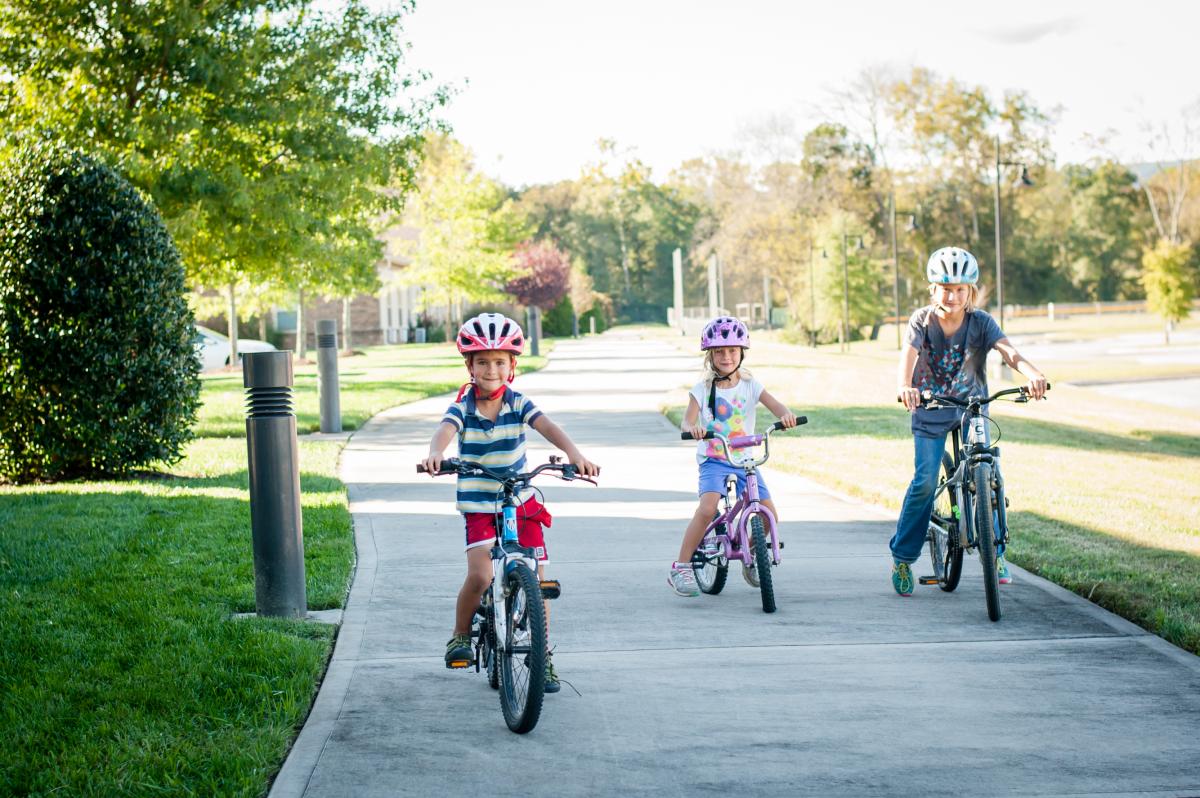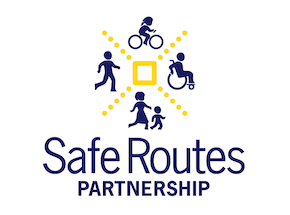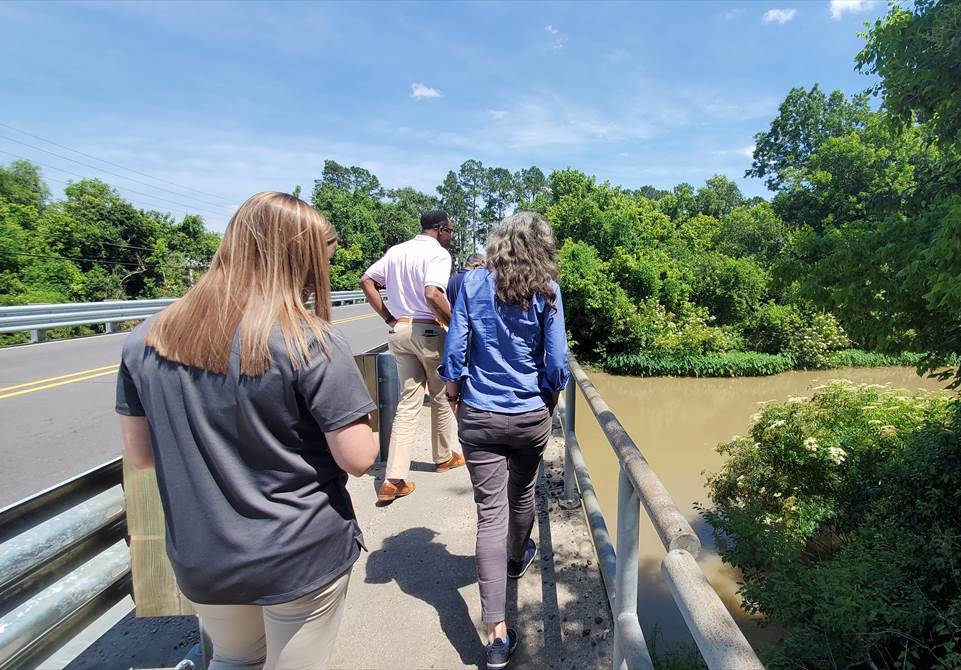 Since the first U.S. event in 1997, Walk to School Day has become the cornerstone annual event for champions of Safe Routes to School, walking and bicycling. Each year, Walk to School Day celebrations break records for participation, with more than 4,780 events being held in 2014. And in many communities, Walk to School Day events are just one part of a school’s efforts to embrace active lifestyles.
Since the first U.S. event in 1997, Walk to School Day has become the cornerstone annual event for champions of Safe Routes to School, walking and bicycling. Each year, Walk to School Day celebrations break records for participation, with more than 4,780 events being held in 2014. And in many communities, Walk to School Day events are just one part of a school’s efforts to embrace active lifestyles.
Resource Library
This website provides videos of success stories for joint use agreements in rural California.
Income Disparities in Street Features that Encourage Walking examines the prevalence of pedestrian-friendly features and amenities on neighborhood streets, including sidewalks, street lighting, traffic calming devices, and marked crosswalks, in communities throughout the U.S.
Catcalling, leering, whistling, persistently asking for a woman’s name as she walks down the street – these are all forms of street harassment. Street harassment happens every day. When people experience street harassment, they often shrug it off, unsure of how to respond and not wanting to make a big deal out of it. But street harassment is a form of harassment and can affect people’s comfort, stress, and behavior, whether they are conscious of it or not.
This report documents trends in obesity and related health conditions and program and policy strategies to improve nutrition and increase physical activity.
Today, the U.S. House of Representatives passed the Fixing America’s Surface Transportation Act (FAST Act), which is the final transportation agreement negotiated between the House and Senate. Once the Senate passes the agreement, expected by early next week, a new five-year transportation law will be in effect.
This document provides a list of resources and steps for conducting a health impact assessment
At a recent grantmaking conference, one of the speakers emphasized the role of evaluation by saying that if you can’t measure something, it doesn’t matter. Thanks to a new rule from the US Department of Transportation, all states will now be required to measure and be held accountable for bicycle and pedestrian safety.
This blog post was written by the Safe Routes Partnership's research reviewer, Christina Galardi.
“It’s just like riding a bike.”
This is an expression we often use to refer to a learned skill that comes naturally and is retained for a lifetime.
But how do you learn to ride a bike—and do so safely—in the first place?

This blog post was authored by Safe Routes Partnership research advisor Christina Galardi.
This report assesses the levels of physical activity and sedentary behaviors in American children and youth, facilitators and barriers for physical activity, and related health outcomes.
 Welcome to the new website of the Safe Routes Partnership! The beginning of a new year seems to be the perfect time for a change to the Safe Routes Partnership’s website. The new color scheme, graphics and wonderful photos now reflect the vibrancy and energy of the national Safe Routes to School movement.
Welcome to the new website of the Safe Routes Partnership! The beginning of a new year seems to be the perfect time for a change to the Safe Routes Partnership’s website. The new color scheme, graphics and wonderful photos now reflect the vibrancy and energy of the national Safe Routes to School movement.
 It is an exciting time of new beginnings and opportunity - the beginning of my role as network director, a new blog and a huge expansion of the Safe Routes Partnership.
It is an exciting time of new beginnings and opportunity - the beginning of my role as network director, a new blog and a huge expansion of the Safe Routes Partnership.
 When I was about eight years old I decided to start a lemonade stand. My stand, which was rudimentary in design, included the front steps of my house, a pitcher of watered down lemonade and no cups.
When I was about eight years old I decided to start a lemonade stand. My stand, which was rudimentary in design, included the front steps of my house, a pitcher of watered down lemonade and no cups.
 March has been quite a month for Congressional action on the transportation bill. Unfortunately, it is looking like the momentum will have a tough time carrying over into April.
March has been quite a month for Congressional action on the transportation bill. Unfortunately, it is looking like the momentum will have a tough time carrying over into April.
 In 2008 and 2009 we managed a Safe Routes to School project at five lower income schools around the country, launching and growing Safe Routes to School programs in those five schools for two years.
In 2008 and 2009 we managed a Safe Routes to School project at five lower income schools around the country, launching and growing Safe Routes to School programs in those five schools for two years.
 Both the House and Senate have decided to get down to business on a transportation bill.
Both the House and Senate have decided to get down to business on a transportation bill.




 Our work to expand the region’s Active Transportation program at the Southern California Association of Governments (SCAG) is progressing.
Our work to expand the region’s Active Transportation program at the Southern California Association of Governments (SCAG) is progressing.